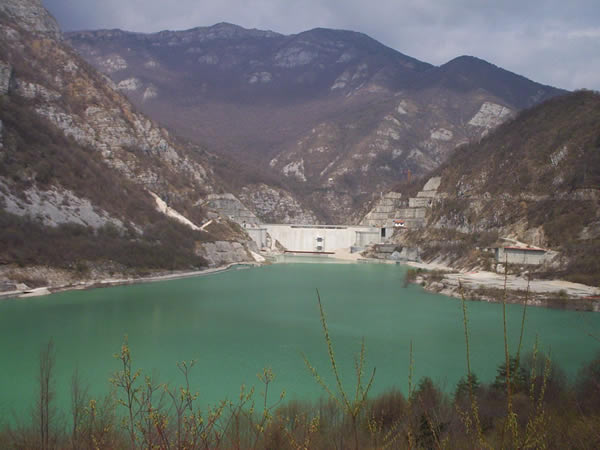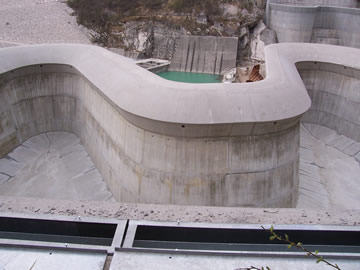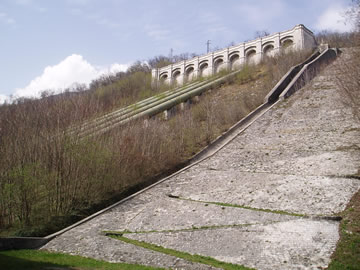HYDROELECTRIC POWER
Hydropower: history
Man’s oldest source of power is from flowing water. Ancient civilizations used rivers to drive numerous mechanisms such as grain mills. With the advent of turbine technologies, man discovered a way to convert kinetic energy in moving water into mechanical power.
In the United States, the first hydropower plant was built in 1880 in Grand Rapids, Michigan. Large scale construction of these power plants occurred in the 1930s and ‘40s as a part of Franklin D. Roosevelt’s “New Deal” programs. These efforts were intended to provide electricity to remote areas of the country where private utility companies were absent. Since rivers are abundant, hydroelectricity is widely used by both rural and urban settlements.
Current Hydropower
Use
Globally, hydropower contributes to 24 percent of the world’s electricity. Hydropower is the most widely used non-polluting source.
How Does Hydropower Work?
It works using a dam, a reservoir, turbines, generators, and penstocks (pipes). Hydropower plants convert the energy in moving water to electricity. The height of the water fall (head) and the volume of flow determine the quantity of electricity generated. Dams store the water that is eventually channelled to the powerhouse where the water turns the turbines. The used water is carried through pipelines (tailraces) and re-enters the river downstream. The generators produce electricity that is transferred to an electrical power substation and then transmitted to consumers.

The new dam in Ravedis |
|---|
Benefits of Hydropower
Hydropower is cheap, non-polluting, and it is considered a renewable energy source. Unlike other sources of energy like nuclear power, the cost of large scale plants is declining because the facilities have been paid for with state projects. Dams and reservoirs also provide recreational opportunities.
mettere foto valcellina
Concern about Hydropower
The facilities can severely change their local environment. Reservoirs cover large areas of land, flooding places usually dedicated to agriculture or forest preserves; practically these facilities change the surrounding ecosystem.
The Future of Hydropower
The future growth of this form of energy is not easy.
Although hydropower is non-polluting, construction of new facilities is highly controversial because there are environmental and social impacts to study. The best location for plants is often in the mountains or where it usually rains. New technology in current plants can increase efficiency and create energy sources without destroying more lands.
Vi vart delt inn i 3 grupper med 4 personar i kvar gruppe. Saman skulle vi planlegge og bygge ei vannmølle. Vi fekk bruke stort sett det vi ville av utstyret som vi fann inne på verkstaden. Dette var for eksempel sykkelhjul, dynamoar, sålplater, metall og liknande. Elles var sveiseapparat, dreiebenkar, fres og anna til disposisjon.
 The new dam in Ravedis |
 The old dam in Malnisio |